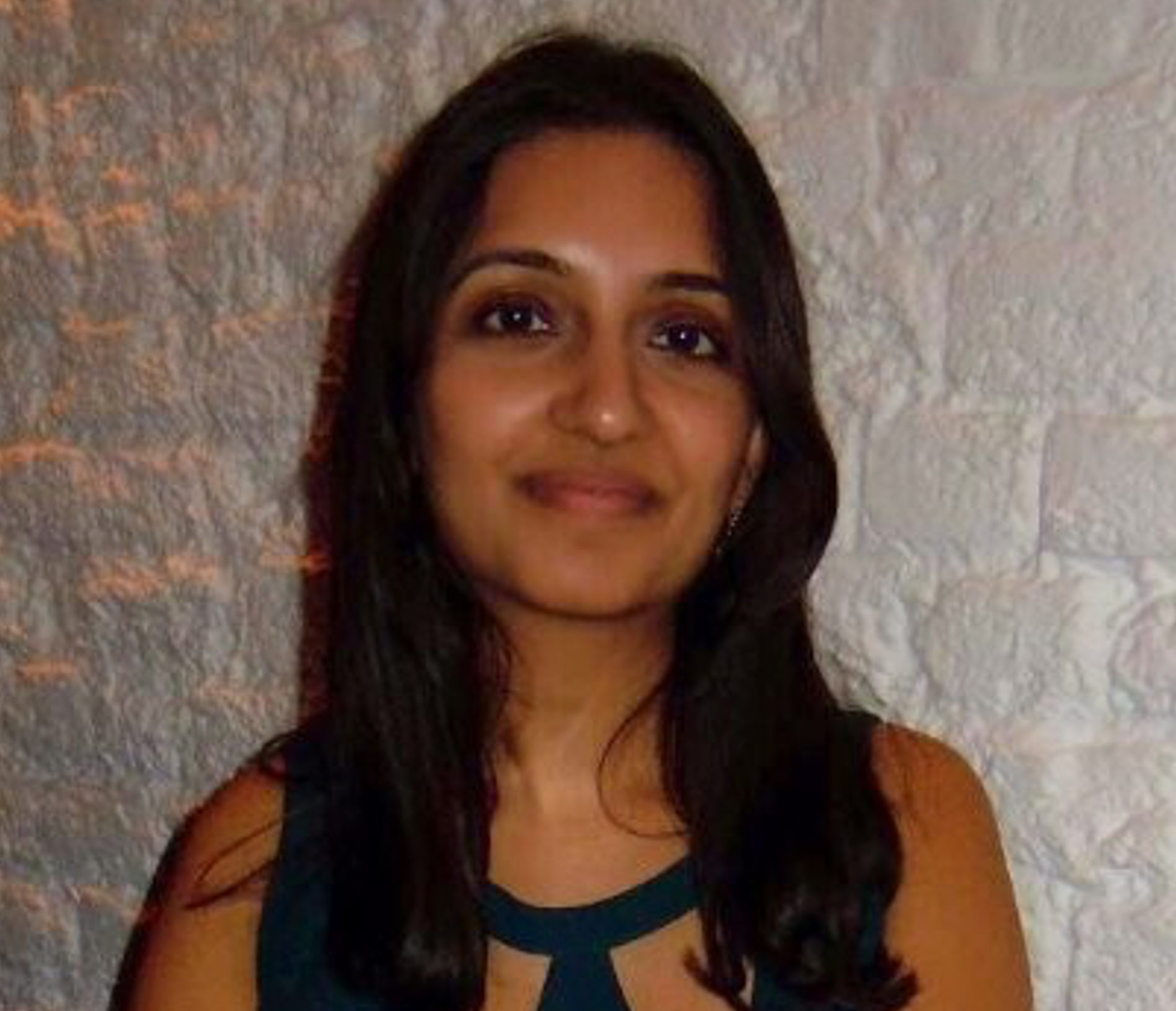What is a service?
A good service helps you to achieve the things you need to do. Carers Trust South East Wales has a variety of services to help unpaid carers have the time, energy and confidence to provide great care, enjoy their own life and achieve their own goals. These include information, advice, wellbeing support and access to breaks from caring responsibilities. This work will help think about these services and the role digital can play in building better services.
Taking a user centred approach
\What do we mean when we talk about a user centred approach and why is it important? User research is a powerful way to get straight to the heart of issues to help design solutions that make people’s lives better as it involves the very people that the organisation exists for. When services are designed without research it’s all too easy to miss out on key insights resulting in services not being used or achieving what they set out to. User centred design is about working in collaboration with the people who use the services to understand what it’s designed to achieve and using insight and research to come up with a range of solutions to make sure that services deliver the most value to users.
Getting started
It’s been so lovely working with CTSEW, everyone has been so welcoming and open, answering the millions of questions we’ve been asking to find out more about the organisation, carers and narrowing down the key focuses for the time we’ll be working together. Our first step was to decide on the user research objectives: what was our overarching research question – we settled on: How can we tailor our service offering to support different types of carers to achieve better outcomes? We also decided on the questions we wanted to answer through talking to carers and analysing existing CTSEW services. The range of services provided by CTSEW is impressive, offering support to a whole range of unpaid carers that have a huge variety of support needs.
Narrowing down the options
We needed to decide where to start and which carer group to focus on. This involved some deep thinking and using an online tool called Mural, which is the digital equivalent of mapping post-it notes on a whiteboard. It was great to work alongside the team at CTSEW, their experience and knowledge was invaluable in prioritising the service to work on. We decided we could add most value through by focusing this initial stage on learning more about people that have been caring for another person for a while, but aren’t currently known to or receiving any support from organisations like CTSEW. This group are one of the hardest for CTSEW to reach and help, particularly at the start of their caring journey.
Getting in touch with service users
The next step is for us to find people from this group to talk to. It just so happens that this group is the most difficult to contact! They aren’t receiving any formal support from CTSEW and they aren’t registered on their systems. So, we had to think a little differently about how we were going to contact them. We talked with CTSEW colleagues from different teams and locations to create a specification of the carers we’d like to talk with, for example how long they’d been caring for, where they’re based etc so that we talk to as large a cross section of carers as possible. Through these conversations we discovered that at the start of the pandemic, CTSEW supported people with caring responsibilities by inviting them to apply for a grant to help make sure that care was provided throughout the pandemic. Approximately 50% of the people who applied for this grant had also said that they would be prepared to take part in further research – which has provided us an excellent set of data to start the recruitment to our research.
Next steps…
This week we’ll start using that data, but we also know we need to go wider so we’ll also use a social media campaign to help find people to help us better understand the needs of this group. I’m really looking forward to talking with carers and finding out about them, their challenges and experiences and how CTSEW can design services to help them. We’ll be launching our search for people to get involved soon so watch this space!


